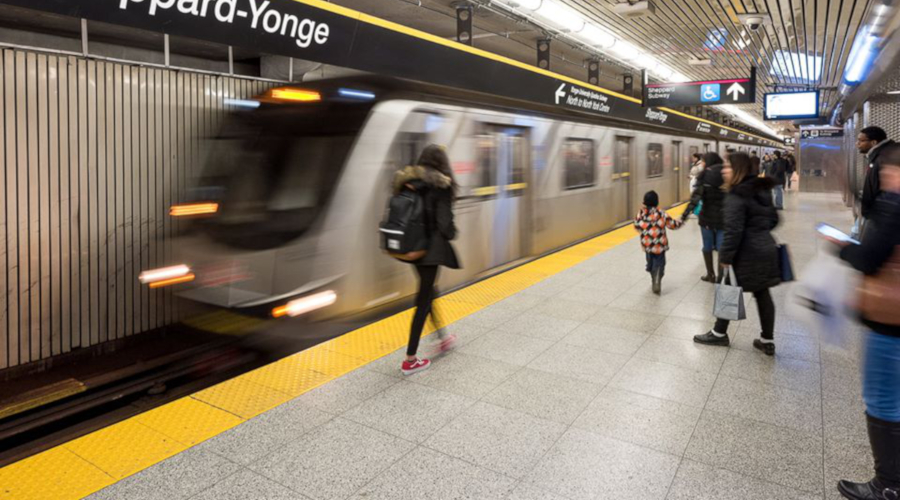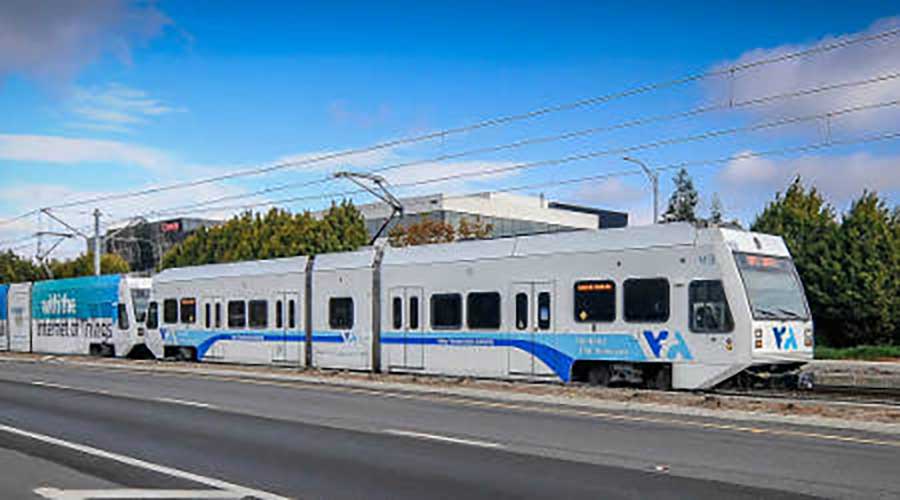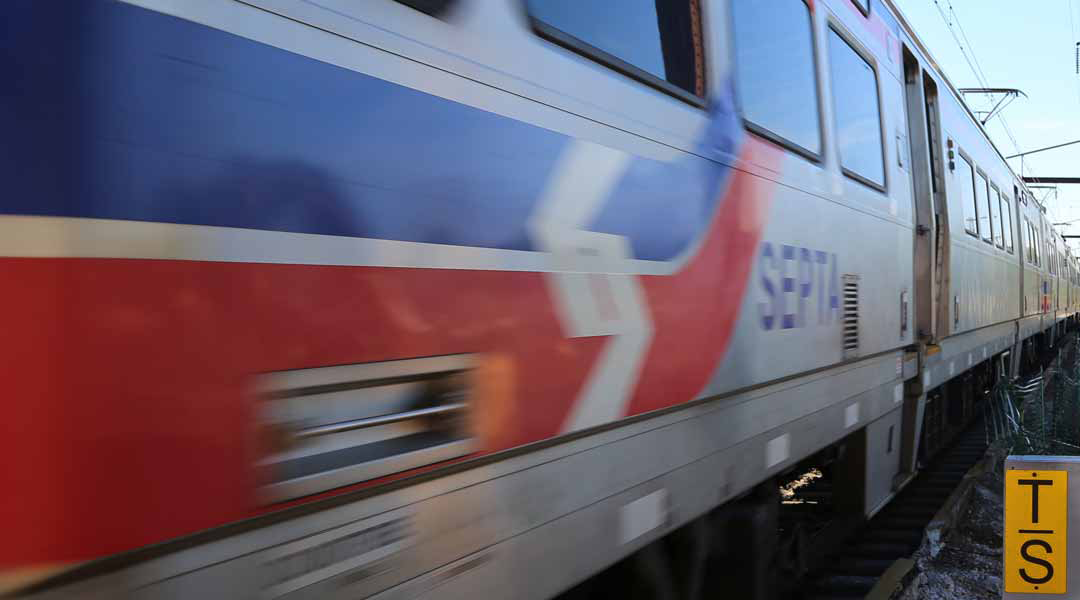Stay updated on news, articles and information for the rail industry
4/30/2013
Rail News: Rail Industry Trends
Tank-car orders will jump, but demand for other car types will remain flat or decline in 2013, Economic Planning Associates says
Freight-car orders may have skyrocketed in the first quarter — more than doubling orders compared with fourth-quarter 2012 and jumping 91.6 percent versus first-quarter 2012 — but that growth mainly reflects high demand for tank cars, according to Economic Planning Associates Inc.'s (EPA) April 2013 Rail Car Overview.
Tank car demand is expected to remain high for the forseeable future to accommodate rapidly expanding oil production, while demand for other car types is expected to stabilize, albeit at "relatively modest levels," the report states.
The exceptions: small cube covered hoppers, grain cars, mill gondolas and coal cars, the demand for which is expected to continue to decrease. As a result, EPA has lowered its estimates for small cube equipment deliveries from 13,781 units last year to 3,000 this year, and coal cars, from 6,492 in 2012 to 2,500 in 2013.
Declining auto production, sluggish consumer spending, decreased industrial activity and a severe drought that caused grain loadings to tumble all will take a toll on rail-car production, EPA believes.
"In spite of continued investments by the roads, 2013 will be a difficult year for the car builders," EPA officials said in a prepared statement. "With the exception of tank cars, which will experience explosive growth in assemblies this year, most other car types will see moderation or declines in deliveries as our economy struggles."
Based on current backlogs and first-quarter assemblies, EPA predicts rail-car deliveries will total 50,500 in 2013, a 14.2 percent decrease compared with 2012. Next year, deliveries are expected total about 62,300, the firm says. Beginning in 2015, EPA expects annual rail-car assemblies will hover in the 65,000 to 67,000 range through 2018.


 2025 MOW Spending Report: Passenger-rail programs
2025 MOW Spending Report: Passenger-rail programs
 Gardner steps down as Amtrak CEO
Gardner steps down as Amtrak CEO
 Guest comment: Oliver Wyman’s David Hunt
Guest comment: Oliver Wyman’s David Hunt
 Women of Influence in Rail eBook
Women of Influence in Rail eBook
 railPrime
railPrime







